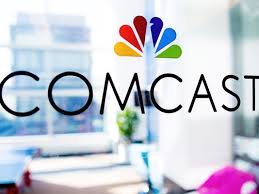 Comcast has passed 30 million customer relationships, mostly from adding new broadband customers that continue to disconnect from phone company DSL service.
Comcast has passed 30 million customer relationships, mostly from adding new broadband customers that continue to disconnect from phone company DSL service.
In the last quarter, Comcast added 363,000 new broadband customers, a number the company calls its best third quarter subscriber add in 10 years, growing revenue by almost 10%.
High-speed residential and business internet service are among Comcast’s highest-margin businesses. Combining fast growth with sky-high profitability, Comcast boasted its broadband revenue is now the largest contributor to the cable company’s continued overall growth, reaching $4.3 billion this quarter, an increase of 9.6%.
“We have added over 1.2 million net new residential broadband customers in the last 12 months, including 334,000 net additions in the third quarter,” said Michael J. Cavanagh, Comcast’s chief financial officer. “Our offering is resonating with customers, as our consistent innovation and investment in our network has enabled us to stay ahead of customer expectations for not just high speeds, but also wall-to-wall Wi-Fi coverage and the ability to manage the increasing number of devices attached to their home networks.”
Comcast CEO Brian Roberts praised Comcast’s achievement of rolling out gigabit download speed to more customers than any other telecommunications company in the country.
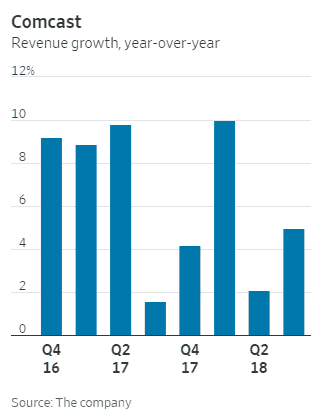 “Our 1 gigabit internet is now available to nearly all of the 58 million homes and businesses passed in our footprint,” Roberts said. “This is the fastest deployment of gigabit speeds to the most locations in the country by anybody.”
“Our 1 gigabit internet is now available to nearly all of the 58 million homes and businesses passed in our footprint,” Roberts said. “This is the fastest deployment of gigabit speeds to the most locations in the country by anybody.”
Roberts claims Comcast will continue to build many of its future products and services around its broadband platform.
“We are investing to harness the capacity and capabilities of our network and deliver innovative differentiated experiences, which we believe gives us a long runway for further growth,” Roberts told investors on a morning conference call. “We are competing really well in residential broadband by offering customers the fastest speeds, most reliable Wi-Fi coverage in the home, and industry-leading Wi-Fi management and controls. We’ve branded our holistic broadband product as xFi, and continue to add new features, and we’re rolling out our xFi gateways and pods to further enhance the service.”
Comcast’s growing reliance on broadband products comes at the same time it faces additional cable television cord-cutting activity.
Cavanagh blamed online video streaming competitors like Sling TV and DirecTV Now for poaching its “low value” subscribers, admitting Comcast lost at least 95,000 net residential video customers in the last three months.


 Subscribe
Subscribe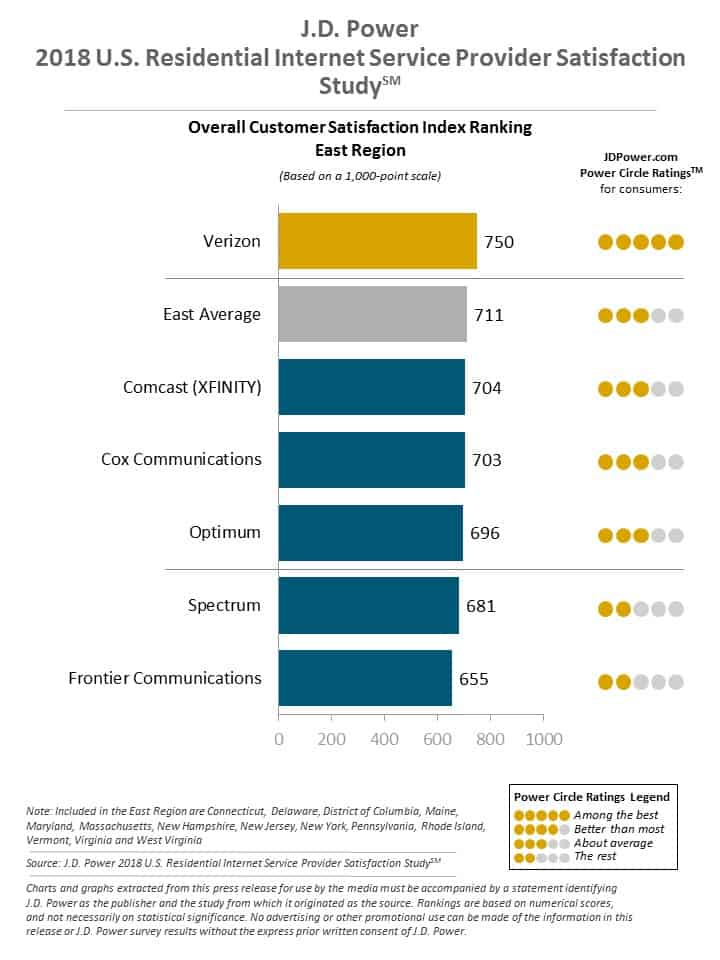
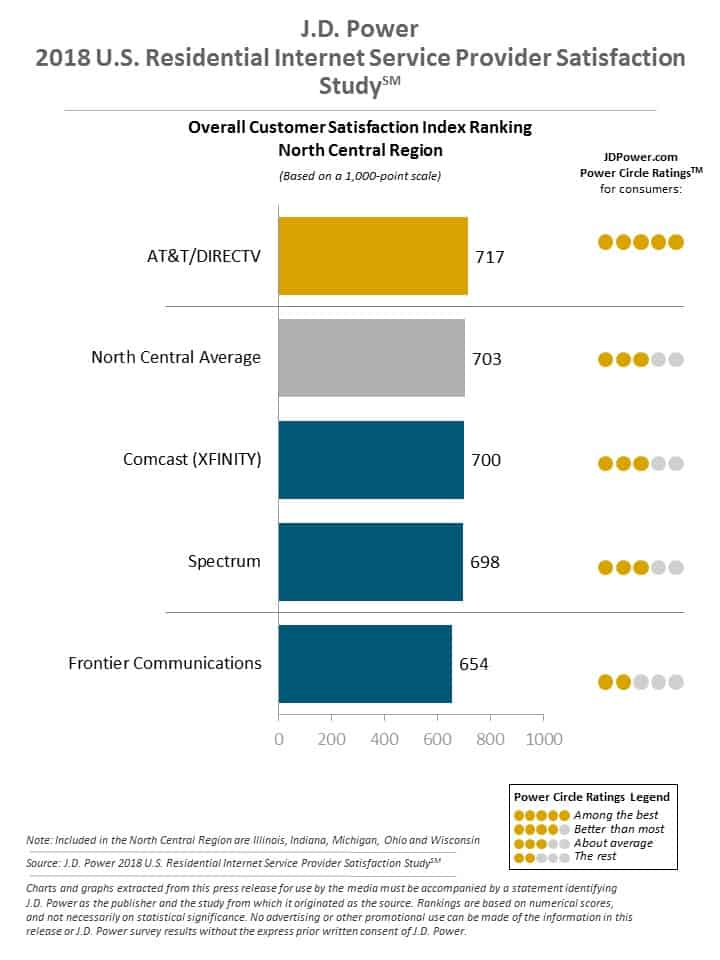
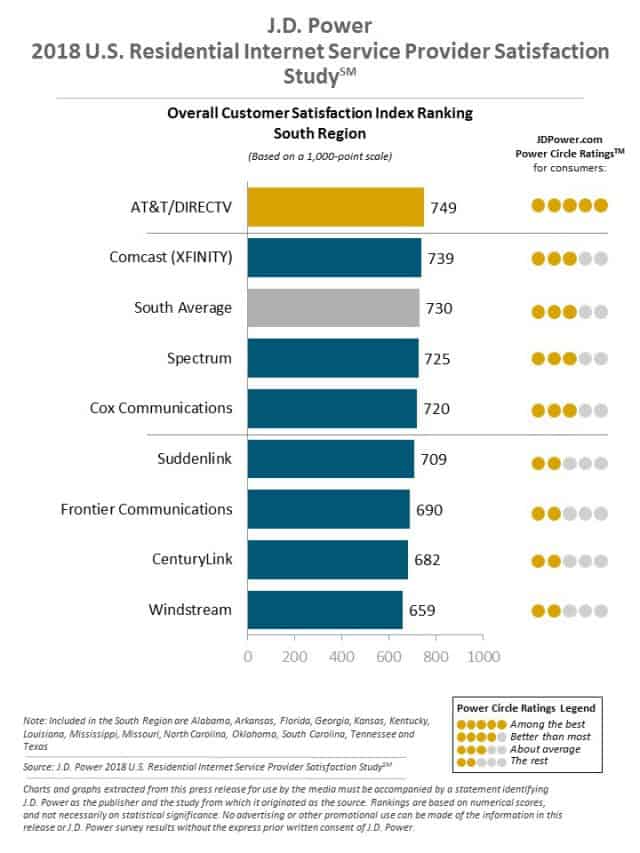
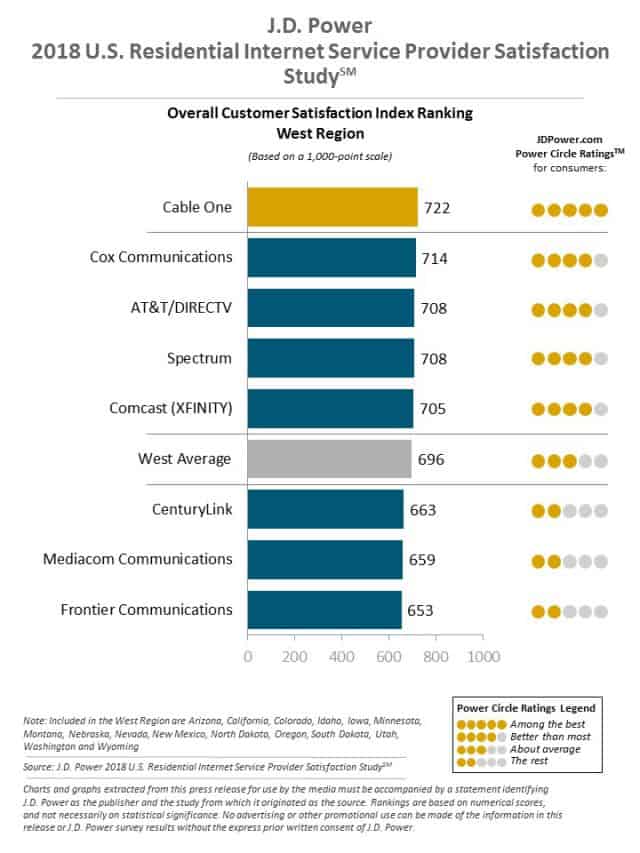
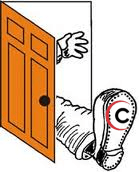

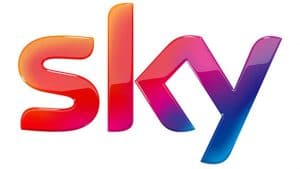 Currently, UK customers subscribing to the full Sky HD package, including the Sky Q set-top box, pay up to $119 a month. In Germany, the smaller “full package” costs $82 a month after promotional pricing expires. Comcast is likely to raise prices significantly over the next few years, possibly reaching $150 a month in the UK and $100 in Germany. In contrast, Netflix is building a giant market share in Europe keeping pricing low. A 4-screen subscription to Netflix currently costs $13 a month in the UK, with Netflix’s new Ultra subscription priced at $19.96 in Germany.
Currently, UK customers subscribing to the full Sky HD package, including the Sky Q set-top box, pay up to $119 a month. In Germany, the smaller “full package” costs $82 a month after promotional pricing expires. Comcast is likely to raise prices significantly over the next few years, possibly reaching $150 a month in the UK and $100 in Germany. In contrast, Netflix is building a giant market share in Europe keeping pricing low. A 4-screen subscription to Netflix currently costs $13 a month in the UK, with Netflix’s new Ultra subscription priced at $19.96 in Germany.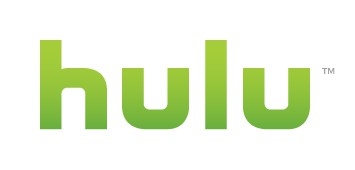 Hulu could soon be in the hands of Disney, as a high stakes game of asset trading overseas could have a dramatic impact on the streaming service.
Hulu could soon be in the hands of Disney, as a high stakes game of asset trading overseas could have a dramatic impact on the streaming service.
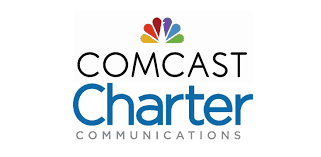 Both cable companies are welcoming subscribers and non-subscribers alike.
Both cable companies are welcoming subscribers and non-subscribers alike.